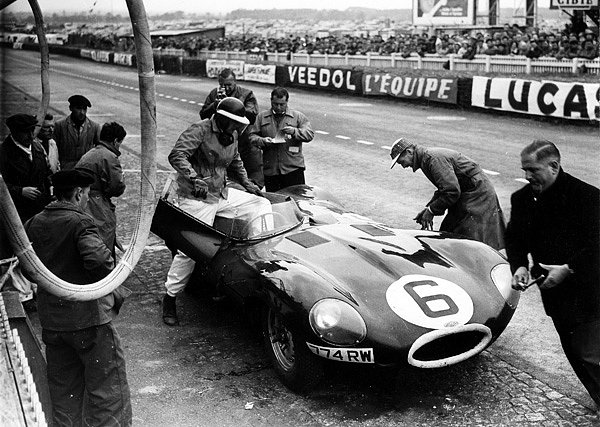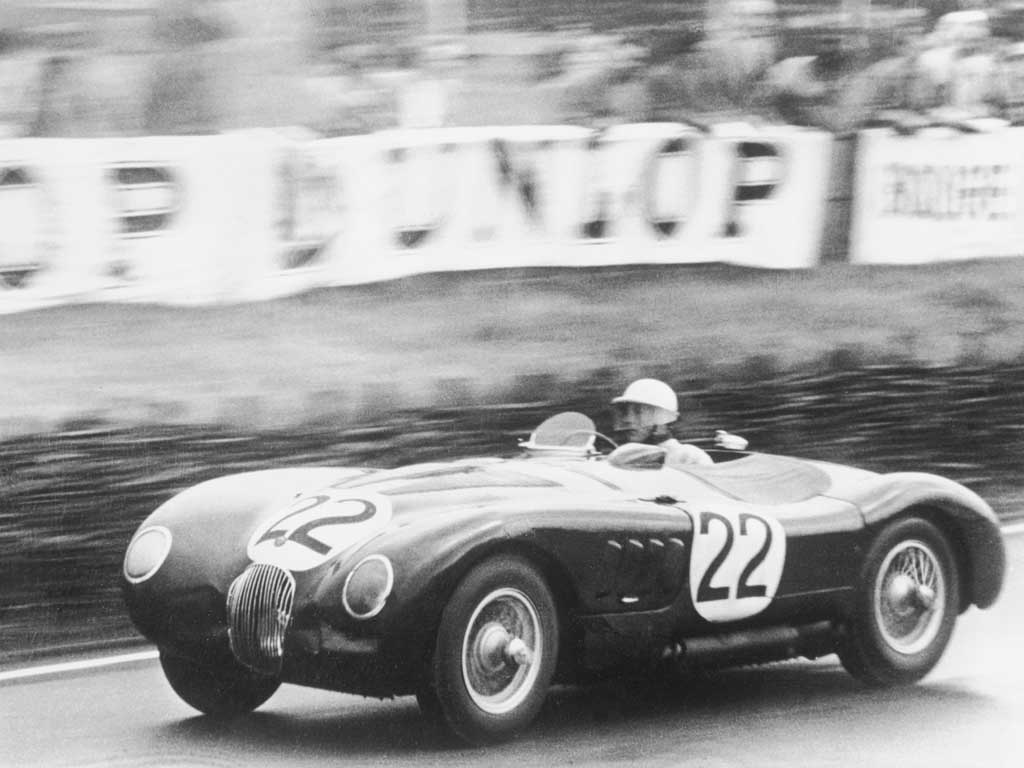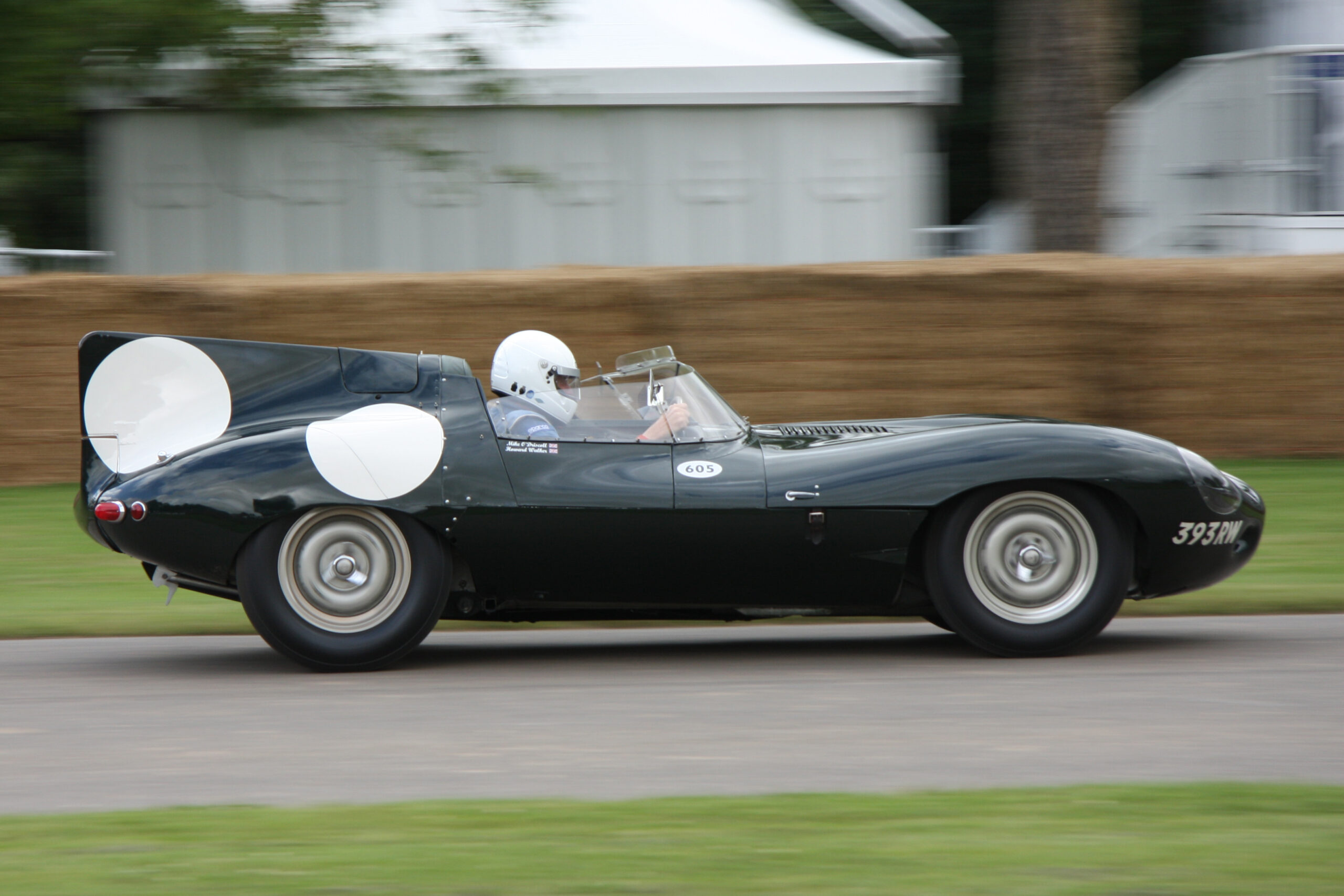
1950s Jaguar Domination of 24 Hours of Le Mans
Between 1950 and 1959, 24 hours of Le Mans was dominated by British built and designed Jaguar cars. Five of the 10 races were won with drivers in Jaguar cars, including a hat-trick between 1955 and 1957 for the Jaguar D-Type.



